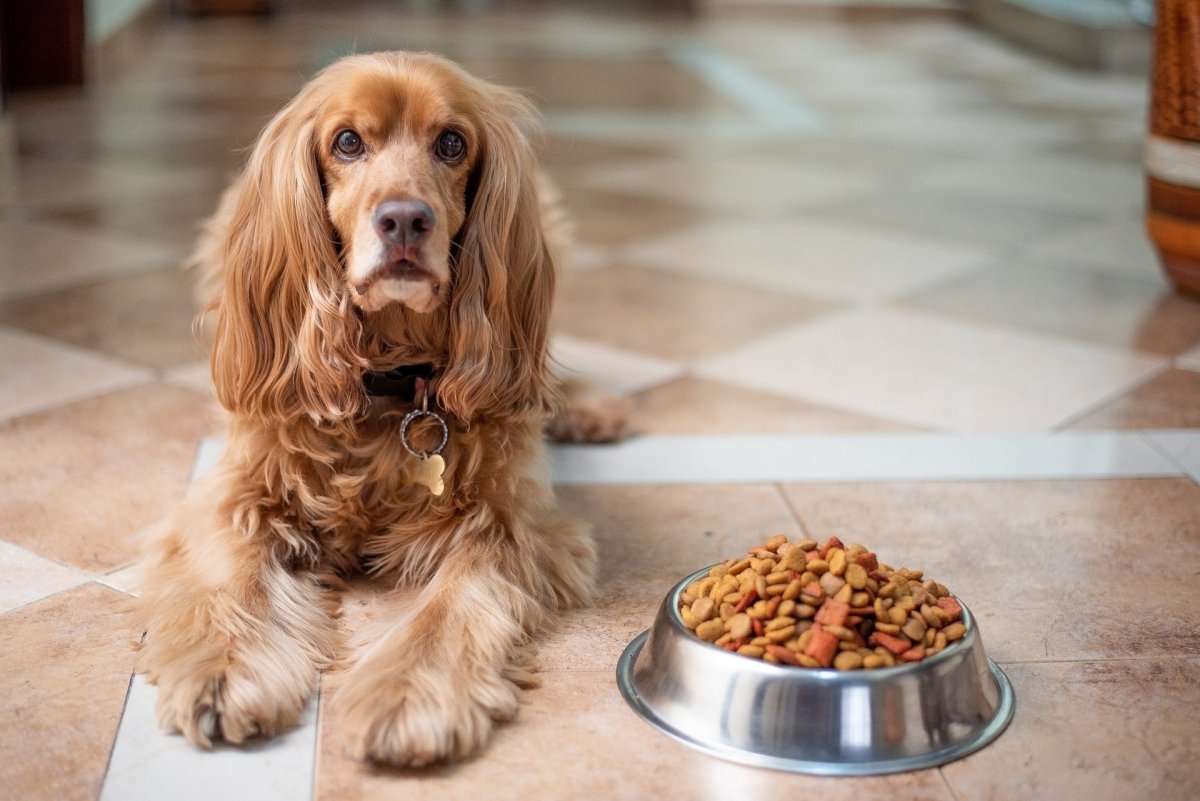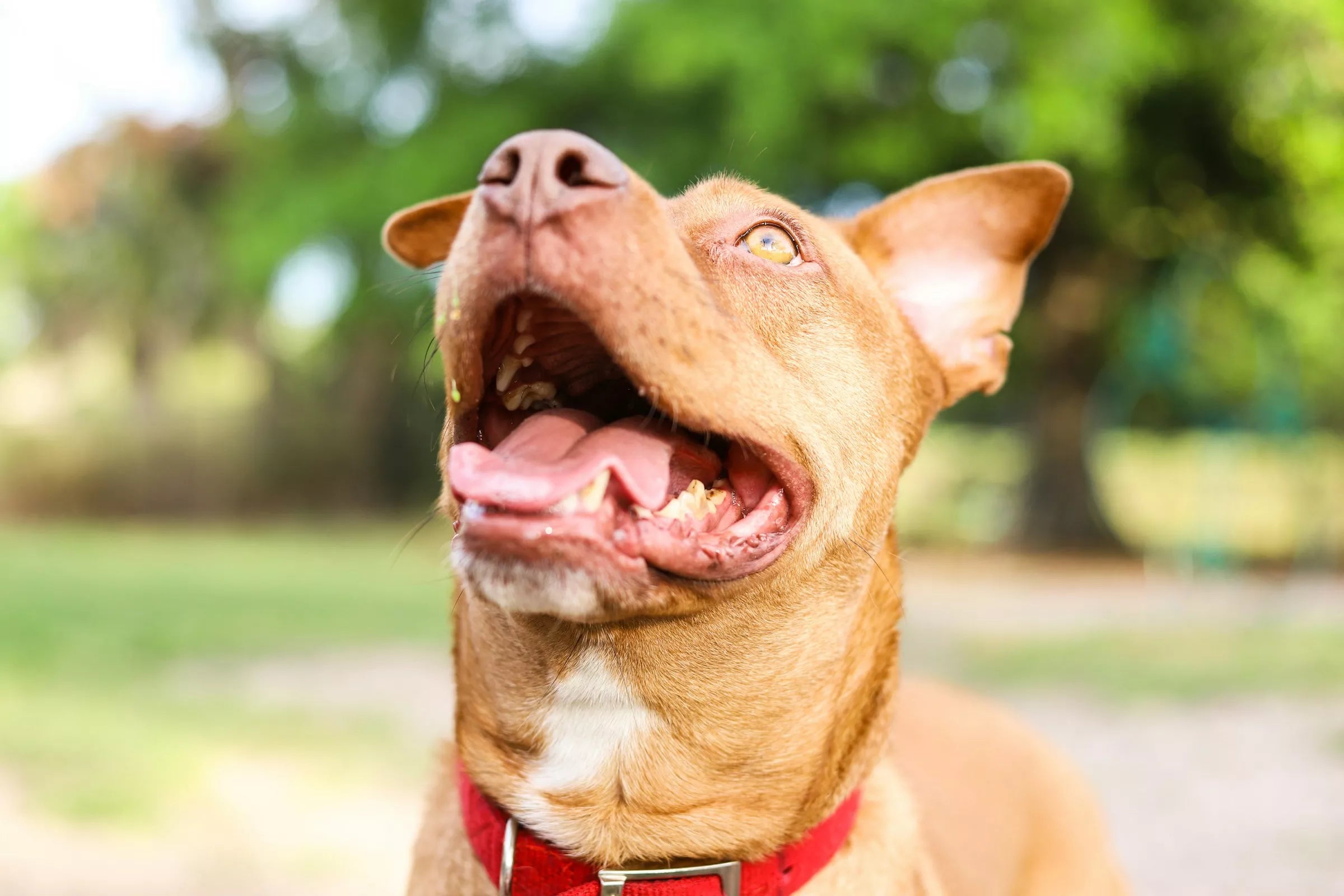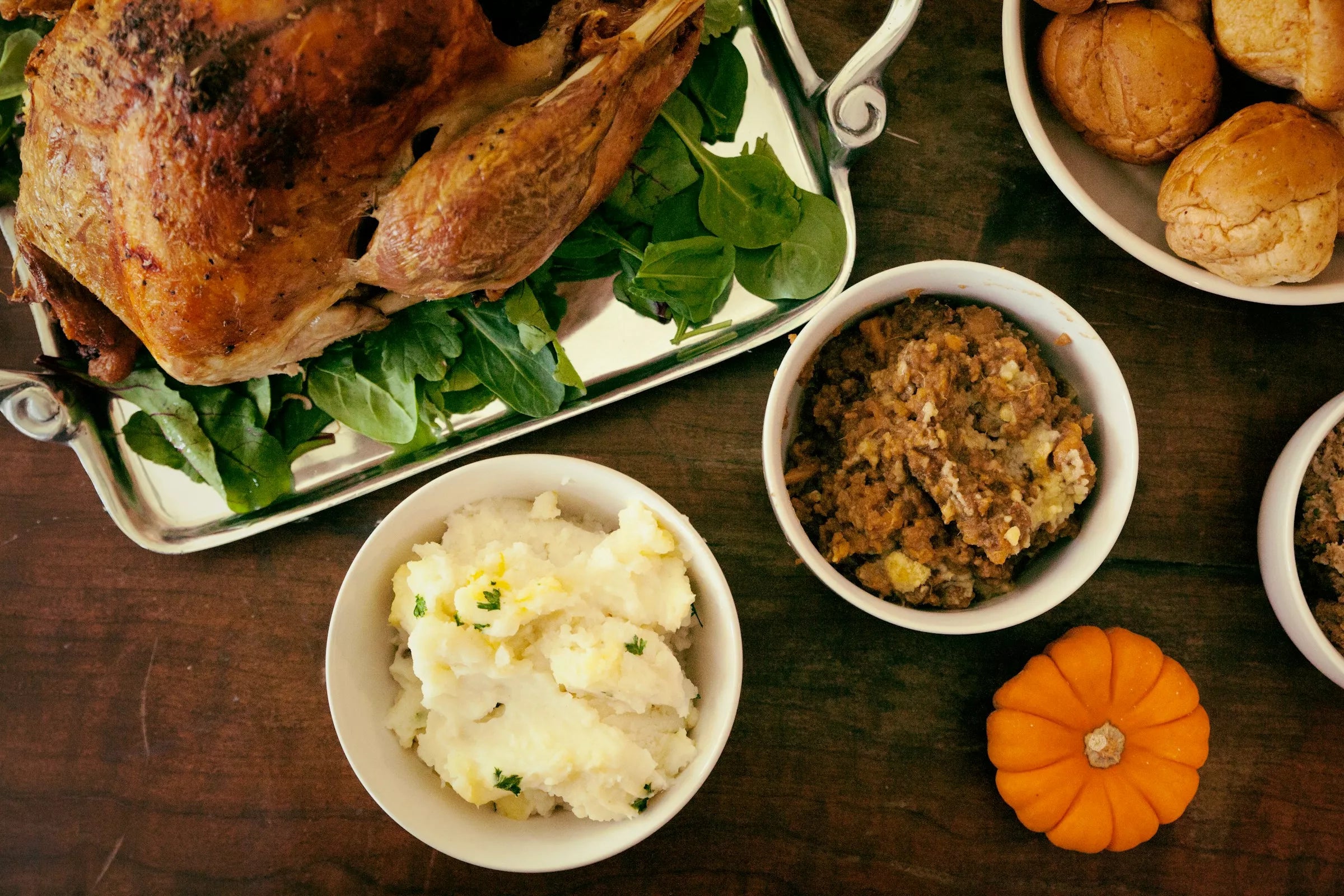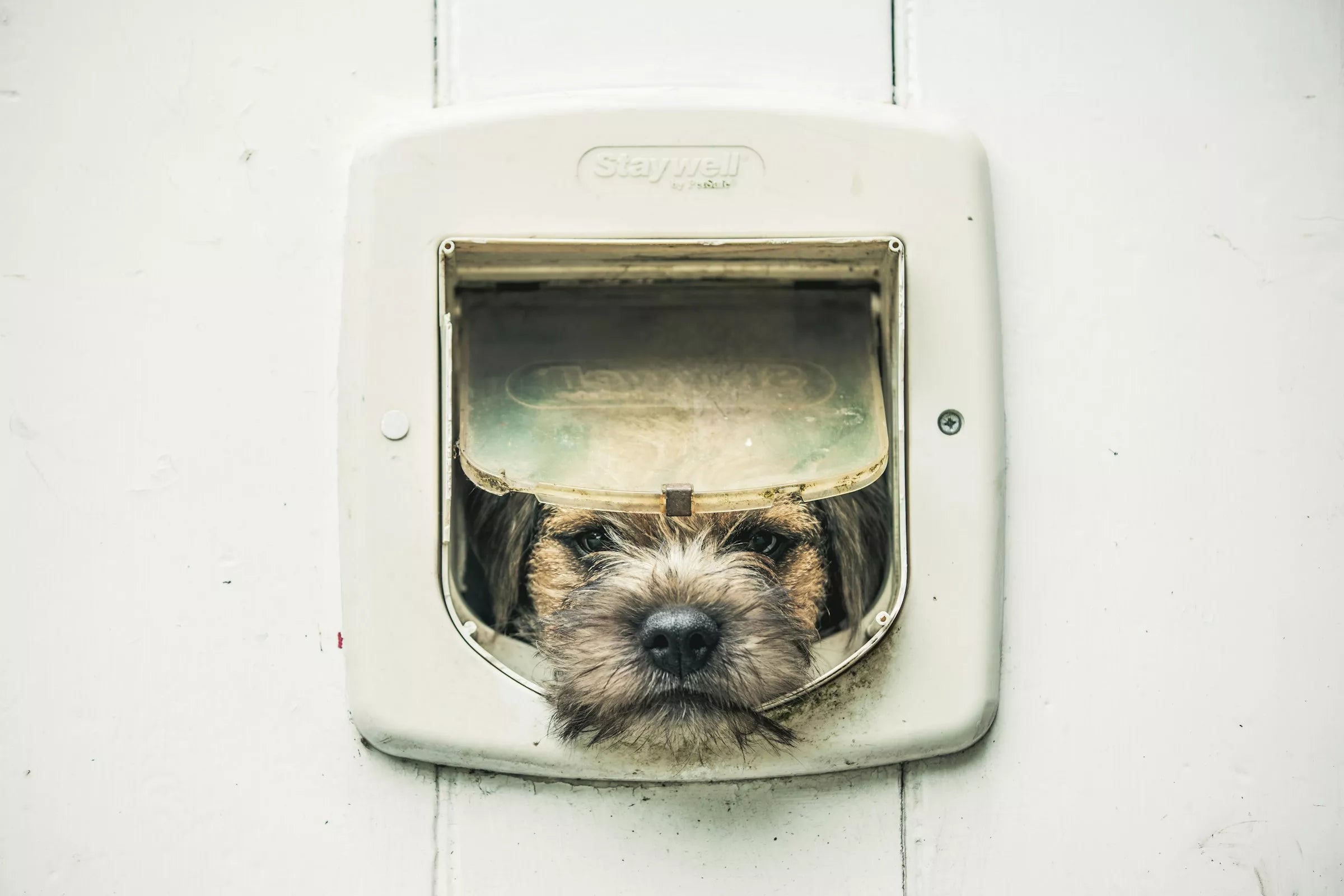Introduction
As canine parents, our furry family members deserve the best care and nutrition we can provide. One important decision we face as pet owners is choosing between raw food and kibble for our canine family members.
While both have their advantages and disadvantages, it’s essential to understand the differences between the two options and make an informed decision based on our furry family member's unique needs. In this article, we’ll explore the pros and cons of raw food and kibble for dogs, and help you make an informed decision.
Understanding Raw Food for Canine Companions
Raw food diets for dogs have gained popularity in recent years, as more pet owners opt for a more natural approach to feeding their furry family members. Raw food diets typically consist of uncooked meat, bones, fruits, and vegetables. Some raw food diets may also include supplements, such as probiotics, to support the dog’s digestive health.
Advantages of Raw Food for Canine Companions
- Improved Digestion: Raw food is more natural and easier for dogs to digest. This is because it’s free of fillers, artificial preservatives, and chemicals that can cause digestive issues.
- Shinier Coat and Healthier Skin: Raw food contains essential fatty acids that can help improve a dog’s coat and skin health. This can lead to a shinier coat, reduced shedding, and fewer skin issues.
- Stronger Immune System: Raw food is packed with essential nutrients, vitamins, and minerals that can help boost a dog’s immune system. This can help prevent diseases and illnesses.
Disadvantages of Raw Food for Canine Companions
- Risk of Bacterial Infections: Raw food can contain harmful bacteria, such as Salmonella and E. coli. This can pose a risk to both the canine companion and their human family members.
- Nutritional Imbalance: Raw food diets can be nutritionally imbalanced if not properly prepared. This can lead to deficiencies in essential nutrients, which can cause health issues.
- Cost: Raw food diets can be expensive, especially if high-quality ingredients are used. This can make it challenging for pet owners on a tight budget.
Understanding Kibble for Canine Companions
Kibble is a more convenient option for feeding canine companions. It is a dry, shelf-stable food that can be made from a variety of ingredients, such as meat, grains, and vegetables.
Advantages of Kibble for Canine Companions
- Convenience: Kibble is convenient and easy to store, making it an excellent option for busy pet owners.
- Nutritional Balance: Kibble is formulated to provide a complete and balanced diet for dogs. This means that it contains all the essential nutrients that a dog needs to thrive.
- Lower Cost: Kibble is generally more affordable than raw food, making it a great option for pet owners on a budget.
Disadvantages of Kibble for Canine Companions
- Poor Digestion: Kibble contains fillers, artificial preservatives, and chemicals that can make it difficult for dogs to digest. This can lead to digestive issues such as constipation, diarrhoea, and bloating.
- Lower-Quality Ingredients: Some kibble brands may contain lower-quality ingredients that can be harmful to dogs. For example, some kibble brands may contain meat by-products, which are low-quality meats that may contain harmful chemicals.
- Lower Palatability: Some dogs may not find kibble as palatable as raw food. This can lead to picky eaters, which can make it challenging to get the dog to eat enough.
Conclusion
Both raw food and kibble have their advantages and disadvantages, and the decision of which to feed your furry family member ultimately comes down to personal preference and what works best for your dog's unique needs. Some pet owners may prefer the convenience and affordability of kibble, while others may choose to feed their canine companion a raw food diet for the health benefits.
Whichever option you choose, it's important to ensure that your furry family member is receiving a balanced diet that meets their nutritional needs. If you're considering switching your dog's diet, it's always a good idea to consult with your veterinarian to ensure that it's a safe and appropriate choice for your pet.
FAQs
- Is it safe to feed my dog a raw food diet?
While raw food diets can offer health benefits, they can also pose a risk of bacterial infections. It's important to properly prepare and handle raw food to reduce this risk.
- Will my dog miss out on important nutrients if they eat kibble?
Not really, high-quality kibble is formulated to provide a complete and balanced diet for dogs. However, it's important to choose a high-quality brand that uses high-quality ingredients.
- Can I feed my dog a combination of raw food and kibble?
Yes, some pet owners choose to feed their dogs a combination of both raw food and kibble. However, it's important to ensure that the diet is balanced and meets the dog's nutritional needs.
- What should I consider when choosing a kibble brand for my dog?
When choosing a kibble brand, consider the quality of ingredients, the nutrient content, and any specific dietary needs that your dog may have.
- Is it necessary to consult with a veterinarian before switching my dog's diet?
Yes, it's always a good idea to consult with your veterinarian before making any significant changes to your dog's diet. Your vet can provide guidance on the best diet for your pet's unique needs and ensure that the transition is safe and appropriate.















Share:
5 Ways to Stop Your Dog from Barking at the Door
Why Does My Dog Put Their Paws on Me?